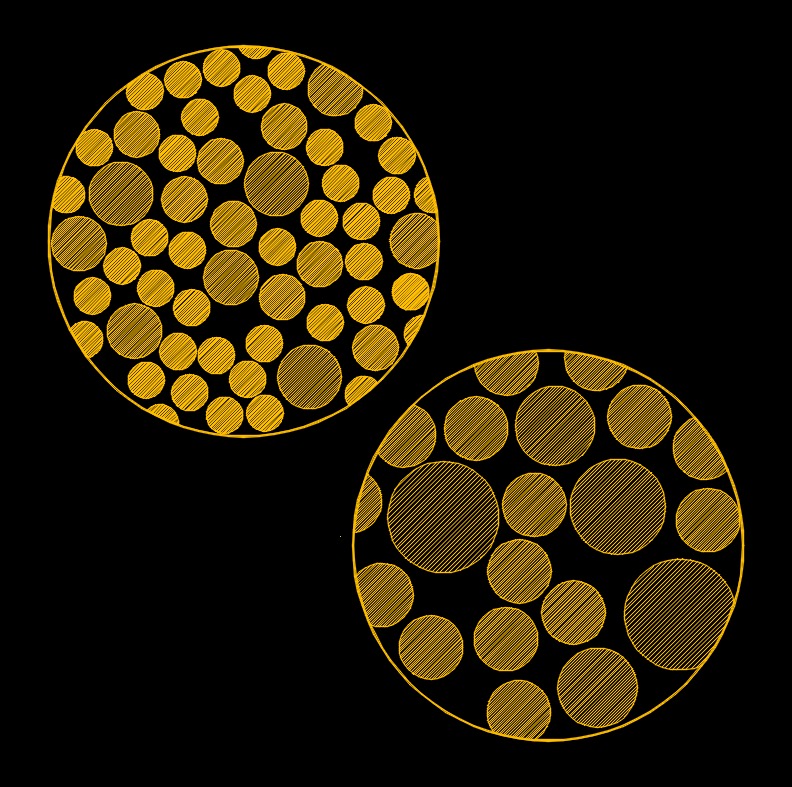Hydraulic Conductivity
hydraulic conductivity Formula |
||
|
\( k \;=\; \dfrac{ Q }{ i \cdot A_c }\) (Hydraulic Conductivity) \( Q \;=\; k \cdot i \cdot A_c \) \( i \;=\; \dfrac{ Q }{ k \cdot A_c }\) \( Ac \;=\; \dfrac{ Q }{ k \cdot i }\) |
||
| Symbol | English | Metric |
| \( k \) = Hydraulic Conductivity | \(ft \;/\; day\) | \(m \;/\; day\) |
| \( Q \) = Flow Rate | \(ft^3 \;/\;sec\) | \(m^3 \;/\; s\) |
| \( i \) = Hydraulic Gradient | \(dimensionless\) | \(dimensionless\) |
| \( A_c \) = Area Cross-section | \(ft^2\) | \(m^2\) |

Hydraulic conductivity, abbreviated as k, is a property of porous media and is a measure of how easily water can flow through a material, such as soil, rock, or sediment. It quantifies the ability of a porous medium to transmit water under the influence of a hydraulic gradient and is a key parameter in hydrogeology, civil engineering, and environmental science.
Hydraulic conductivity varies widely among different types of porous media. Smaller the particles, means smaller the pores, more friction resistance, has lower hydraulic conductivity. The larger the particles, means larger the pores, less friction resistance, has higher hydraulic conductivity. For example, coarse grained materials like sand and gravel typically have high hydraulic conductivity and allow water to flow relatively easily, while fine grained materials like clay have low hydraulic conductivity, making water flow more slowly through them.
Hydraulic conductivity is an essential parameter in groundwater flow modeling, contaminant transport studies, and the design of various engineering and environmental systems, such as groundwater remediation systems, landfills, and irrigation systems. It helps scientists and engineers understand how water moves through the subsurface and how contaminants might spread in groundwater systems.

